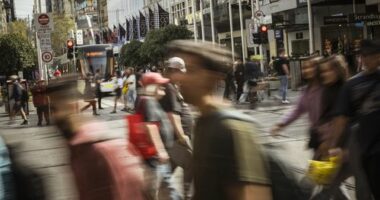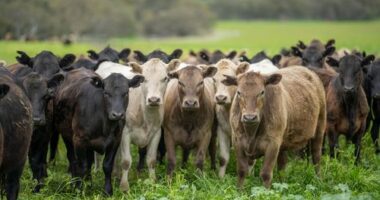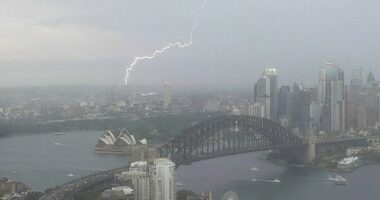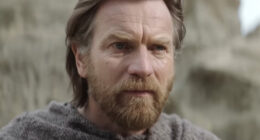Share this @internewscast.com
“Nobody wants to be a refugee, nobody wants to be sent to another country away from their home, their loved ones, their work, their passions.”

Jasmina Kevric arrived in Australia on a humanitarian visa with her family in 1999. Source: Supplied / Cabrini Hospital / Catherine Butterfield
‘It was so surreal’
“The next moment, I heard a huge bang and splinters flew towards me. Inside our damaged home, most of my family was lying on the floor and not moving.”

Jasmina Kevric was a child when she fled the war in Bosnia and Herzegovina with the remaining members of her family in the mid-90s. Source: Supplied / Dr Jasmina Kevric
“My grandparents were lying in a pool of blood. My grandfather was on top of my brother, protecting him,” she said.
Kervic’s story is one of rare triumph — the kind that builds on years of resilience, but it’s far from typical.
‘Occupational downgrade’ in Australia
Lead author of the report, John van Kooy, told SBS News: “Occupational downgrading” basically means for those that were working in professional and managerial roles prior to coming to Australia — in sectors like business, human resources and IT — many of those individuals, even after 10 years of permanent residency in Australia, were not able to find the same level of employment or occupational status.”

Lead author of the AIFS report, John van Kooy, says barriers to employment persist for many refugees. Source: Supplied / John van Kooy
According to the study, 30 per cent of employed women and 19 per cent of employed men had worked in managerial or professional roles before arriving in Australia. That dropped to 17 and 10 per cent respectively after 10 years of residency.
“It shows that the refugee cohort is resilient, and they will do what they need to do to earn income and support their families, and get ahead in Australia.”
Journey to Australia
“And I know that anyone going through a life-changing event, whether that be a war or cancer diagnosis or loss of a loved one, becomes aware of how precious life is and that it should never be taken for granted.”
“And I had missed out on so much education over my 14 years. But I still wanted to become a doctor, and I was hungry to learn.”

Dr Jasmina Kevric (right) with her husband Martin and daughter Sophia, 4, in Melbourne. Source: Supplied / Dr Jasmina Kevric
Kevric later earned a scholarship to study medicine at the University of Melbourne. In 2010, she graduated and pursued a medical internship.
Kevric won the prestigious Junior Doctor of the Year title in 2022, at the Australian Medical Association Victoria awards.
Skills to help with ‘complex health challenges’
The hub provides free healthcare for hundreds of asylum seekers and refugees who are unable to afford or access mainstream healthcare services.

Suresh Sundram is the clinical director of Cabrini Asylum Seeker and Refugee Health Hub, which provides free healthcare to asylum seekers and refugees. Source: SBS / Scott Cardwell
It is part of a vast global network of Cabrini health services, founded in the United States in 1880 by an Italian immigrant.








